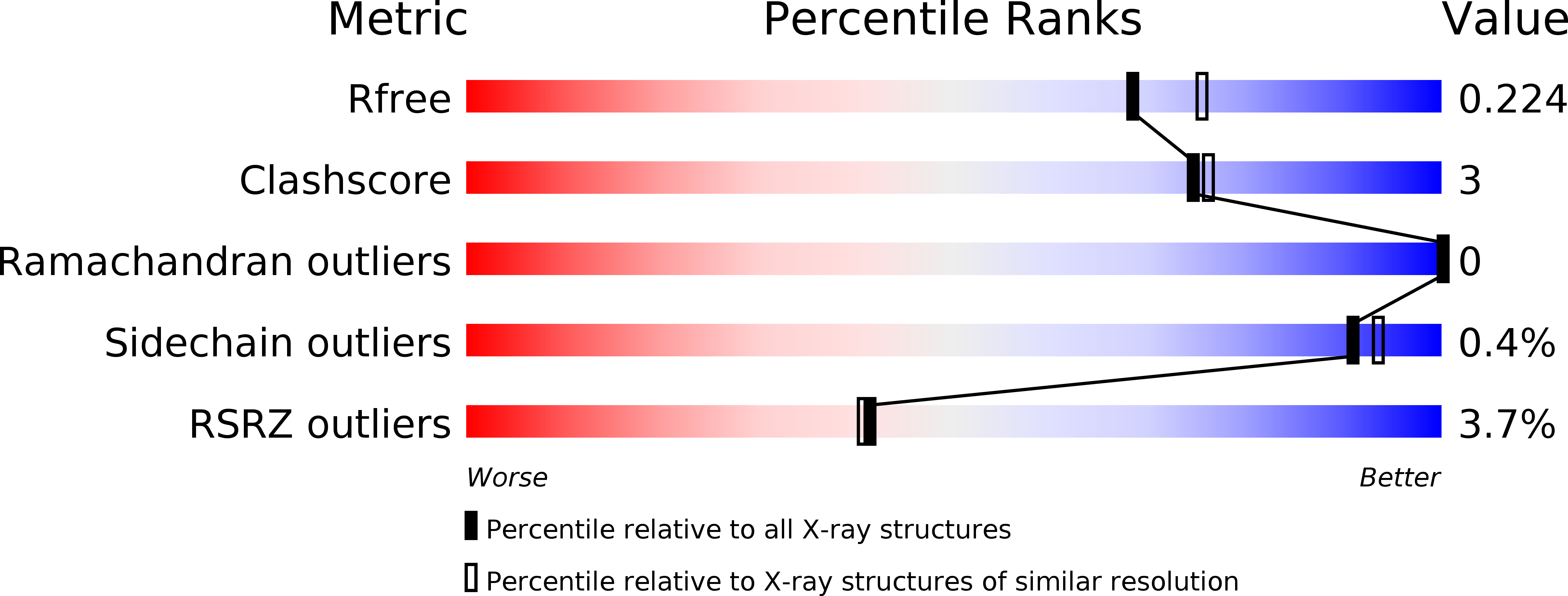
Deposition Date
2010-11-29
Release Date
2011-12-07
Last Version Date
2023-12-20
Method Details:
Experimental Method:
Resolution:
2.00 Å
R-Value Free:
0.22
R-Value Work:
0.18
R-Value Observed:
0.18
Space Group:
P 1 21 1


